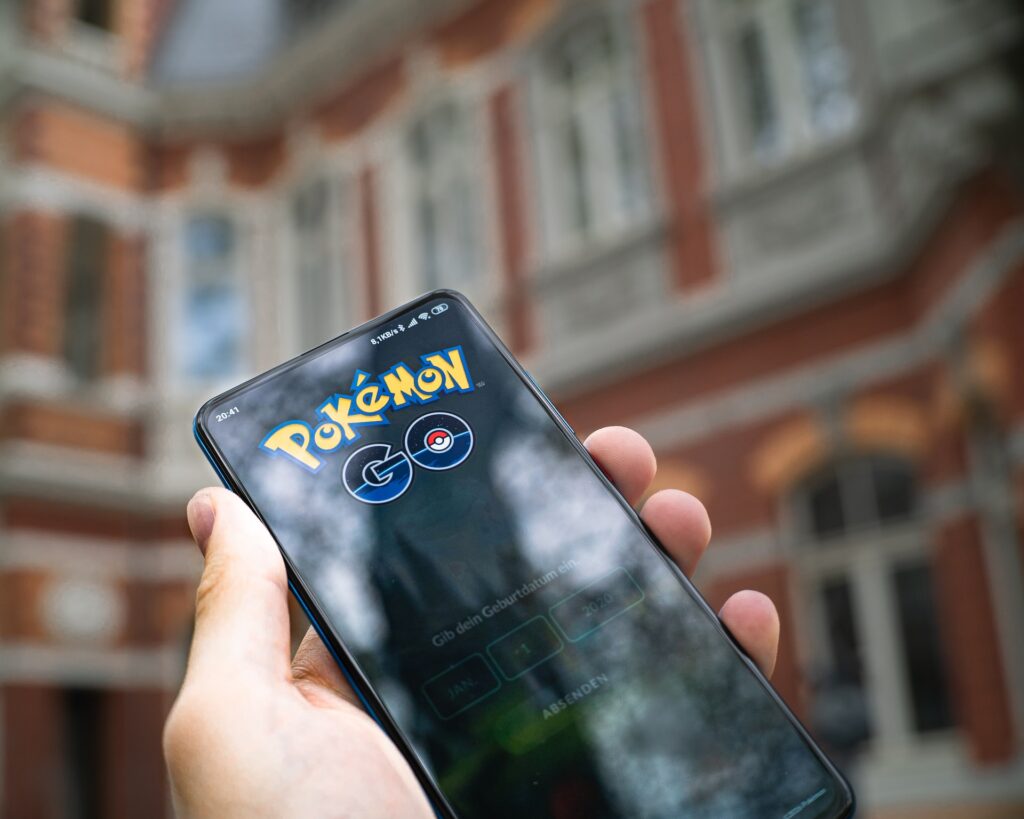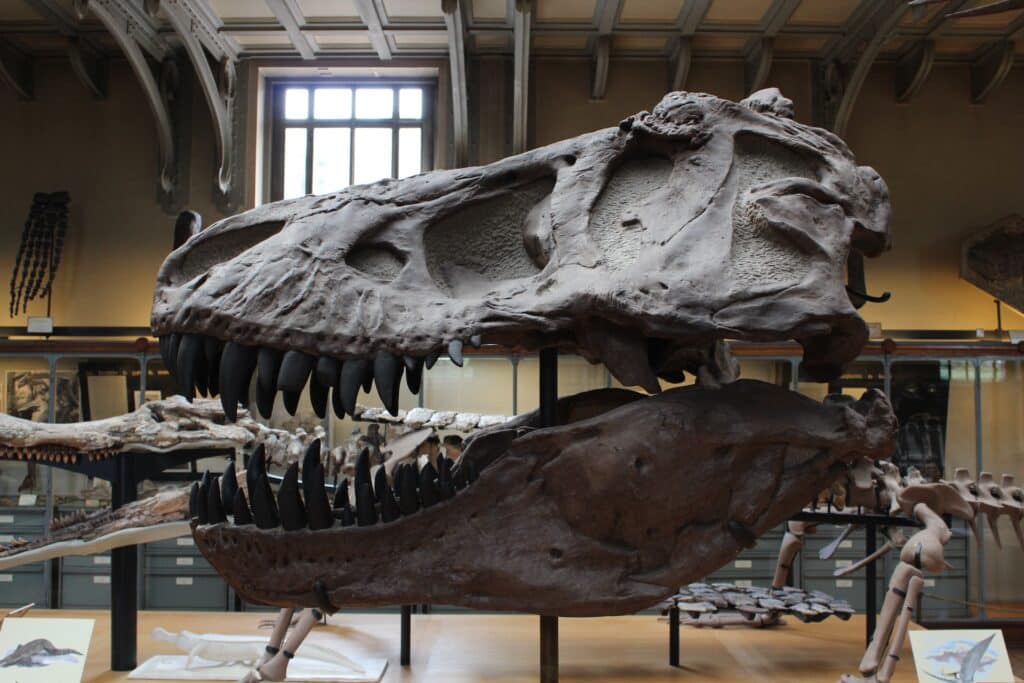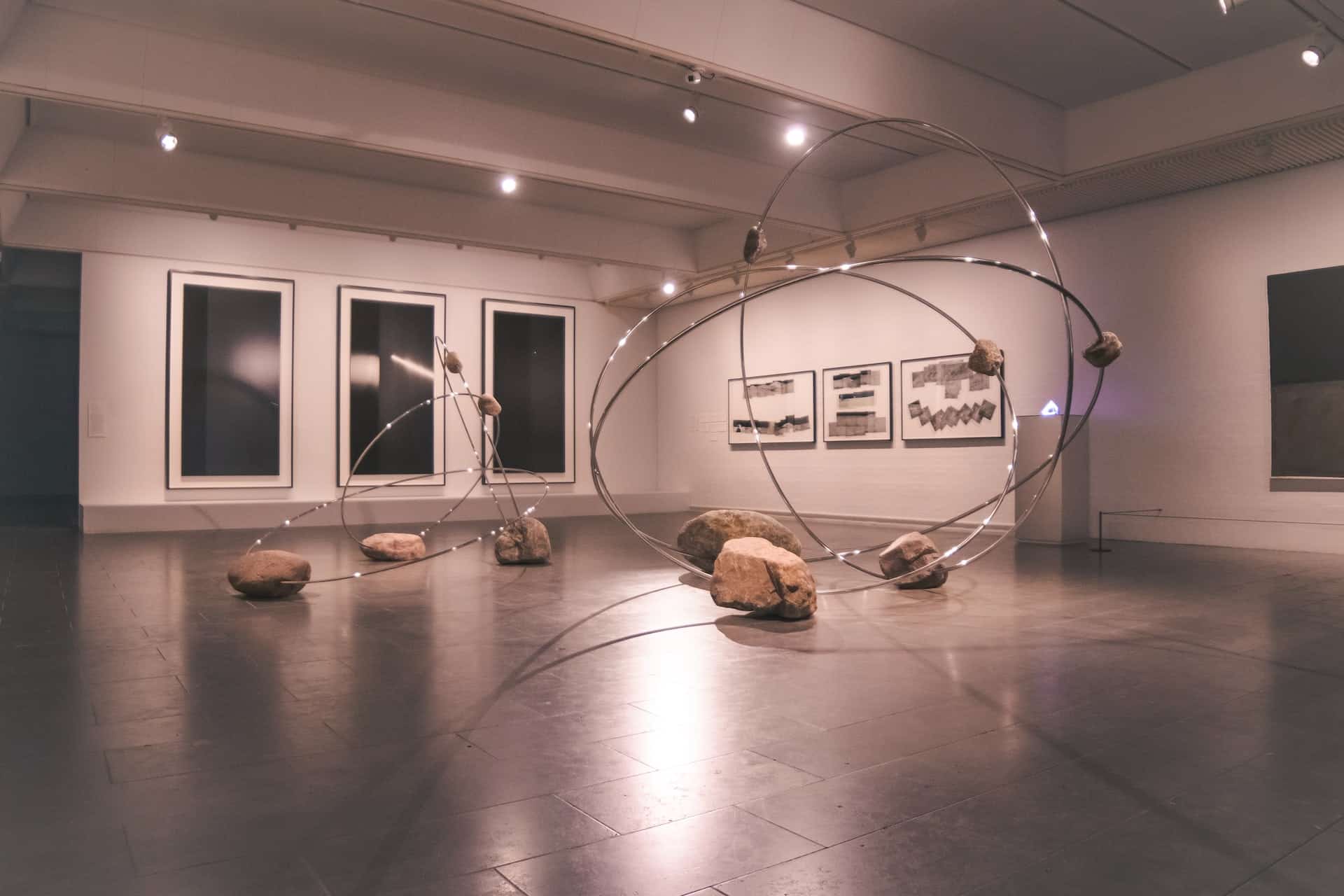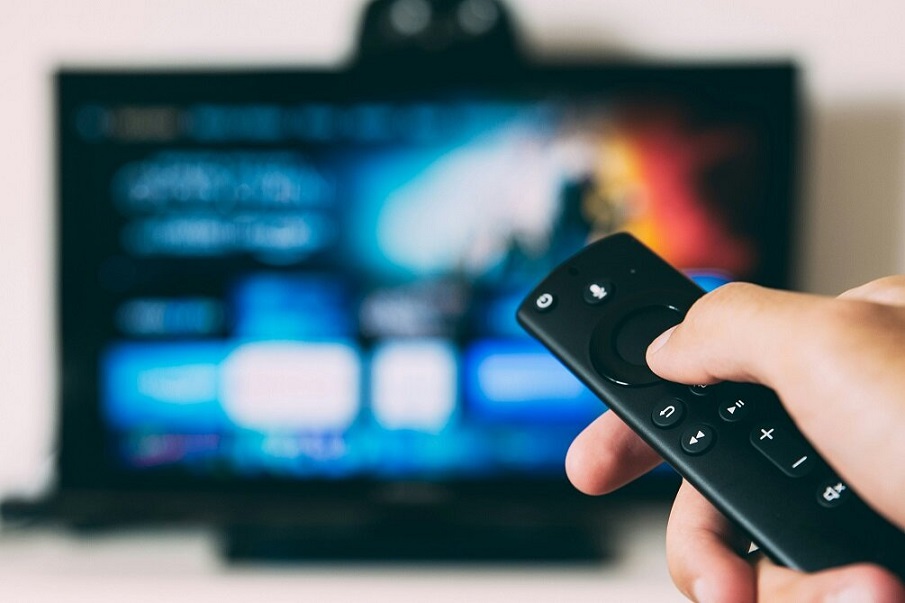This year, John Suau brought his decades of experience working with worldwide museums to Verbit, where he says he has the opportunity to help as many organizations as possible improve their inclusivity. Suau’s background in museum diversity, equity, inclusion and accessibility (DEIA) and passion for modern technology make him uniquely qualified for urging new accessibility strategies at cultural institutions. In fact, this quest is what Suau refers to as his “mission in life.”
Suau offered some insights into the changes currently impacting museums and libraries around the world. While cultural institutions were already slowly integrating digital content into their programs, the last two years threw a wrench into many organizations’ former plans and practices. Although the pandemic is having a negative impact on many museums, it also led others to embrace creativity.
Suau discussed museum professionals’ evolving perspectives on digitization, highlighted some of the exhibits that he found especially innovative, and offered his thoughts on access and inclusivity at cultural institutions in today’s rapidly changing world.
Museum Professionals’ Mindsets are Shifting Toward Digitization
Museums’ relationship with the digital world has changed drastically. At one time, Suau said, museums were exceptionally protective of their collections and didn’t want people photographing displays because they would lose control over that imagery. Additionally, digitization was expensive and led to complicated intellectual property concerns. Now, it’s virtually impossible to prevent such images from appearing online.
As Suau explained, “museums have decided, I think with the onset of Instagram, that there’s no controlling the release of images of the artwork that they hold in their repositories. Many museums are now digitizing their collections and providing some online access as a way to be more accessible with their collections and more transparent.”
Nothing demonstrates museums’ stark shift more than the fact that many started to court Pokemon GO. Suau stated that they “wanted the Pokemon in their museums, so people would come in.”
Although crazes like Pokemon GO are fleeting, the game is an excellent example of how augmented reality could create new types of museum experiences. As a result, leaders at cultural institutions who find ways to make digital assets work for them will find ways to flourish in the future.

Suau’s Top Picks for Innovative Online Museum Content
When asked, Suau didn’t hesitate to offer three great recent examples of forward-thinking online museum efforts. These hand-picked selections are diverse in their approaches. However, all highlight what’s possible when professionals tap into their creativity and try something new.
The Brooklyn Museum’s Netflix Partnership
The Brooklyn Museum partnered with one of the pandemic’s shining stars- Netflix- to create content that would engage audiences around the world. Their beautiful 3D exhibit showcases some of the most iconic costumes from two of the streaming platform’s most popular original series: The Crown and The Queen’s Gambit. Suau stated that the partnership created “an exhibit that’s brilliant.” Viewers enter the space and can navigate on their screens to learn more about each carefully selected ensemble.
Captioning at the Nelson-Atkins Museum of Art
Suau said that the Kansas-based Nelson-Atkins Museum of Art has a strong record of supporting the Deaf and hard of hearing community. For example, in one of its recent efforts, the museum created video lectures of its exhibits in American Sign Language (ASL). The captions interpreted the lectures for anyone who isn’t fluent in ASL. As a result, Suau explained, “those of us who can hear, will only be able to read the captions, while those who are deaf are learning about the art” directly in their language. The approach turns standard translation of audio into text or ASL on its head.
The Adler Planetarium’s Sketch Comedy Science
Like other institutions, the Adler closed its doors to the public because of pandemic-related lockdowns. As a result, staff members of America’s oldest planetarium needed new ways to engage their audience. Fortunately, some clever employees had the skills to create a sketch comedy series. The program, Wow Signal!, leaned on their “creativity and their ability to educate people about science in a really fun and diverse way,” said Suau. The Adler’s humorous original tunes and impressive homemade costumes and crafts earned it a place on Suau’s list. The creators’ zany show also attracted thousands of YouTube subscribers.
Examples like these show that digital media can be a wonderful asset for museums. Technologically savvy institutions can also use these tools to improve inclusivity and extend their reach.

Inclusivity Practices Make for Better Museum Experiences
Museums have worked for years to meet the requirements of accessibility laws like the Americans with Disabilities Act (ADA). However, Suau said, “museums today are talking about diversity, equity, inclusion, and accessibility, DEIA. Those four distinct things that fall under the umbrella of diversity.” As a result, institutions are asking important questions that go beyond adhering to regulations, such as “is access equitable? Is it inclusive? Are we including our Native American population in the interpretation of exhibits? Are we doing Spanish labels for the Latino population? Are we reaching the LGBT community with our collection?” said Suau.
Museums are realizing the importance of having staffs and exhibits that align with and represent the diverse populations they serve. As a DEIA specialist, Suau knows that these considerations are vital for museums’ success.
He explained, “I’m somebody that’s been in the trenches. I know what a small museum budget looks like. I know how stretched staff can be, but I also know how technology and diversity can help those institutions flourish. It’s really about helping them become more sustainable financially.”

How Cultural Institutions are Embracing Inclusivity
Tools like live captioning, transcription and audio description are becoming increasingly vital for museums and libraries in today’s world. Verbit serves as an essential partner for some of the nation’s largest cultural institutions, including the Library of Congress. The growth of digital spaces can present challenges for institutions devoted to engaging diverse audiences.
Working with museum professionals is one of the ways Verbit is positioning itself to better serve cultural institutions. Verbit is excited to partner with cultural institutions to create a more welcoming, inclusive future. Contact Verbit to learn more about our captioning, audio description and other accessibility solutions for museums, libraries and cultural institutions.




